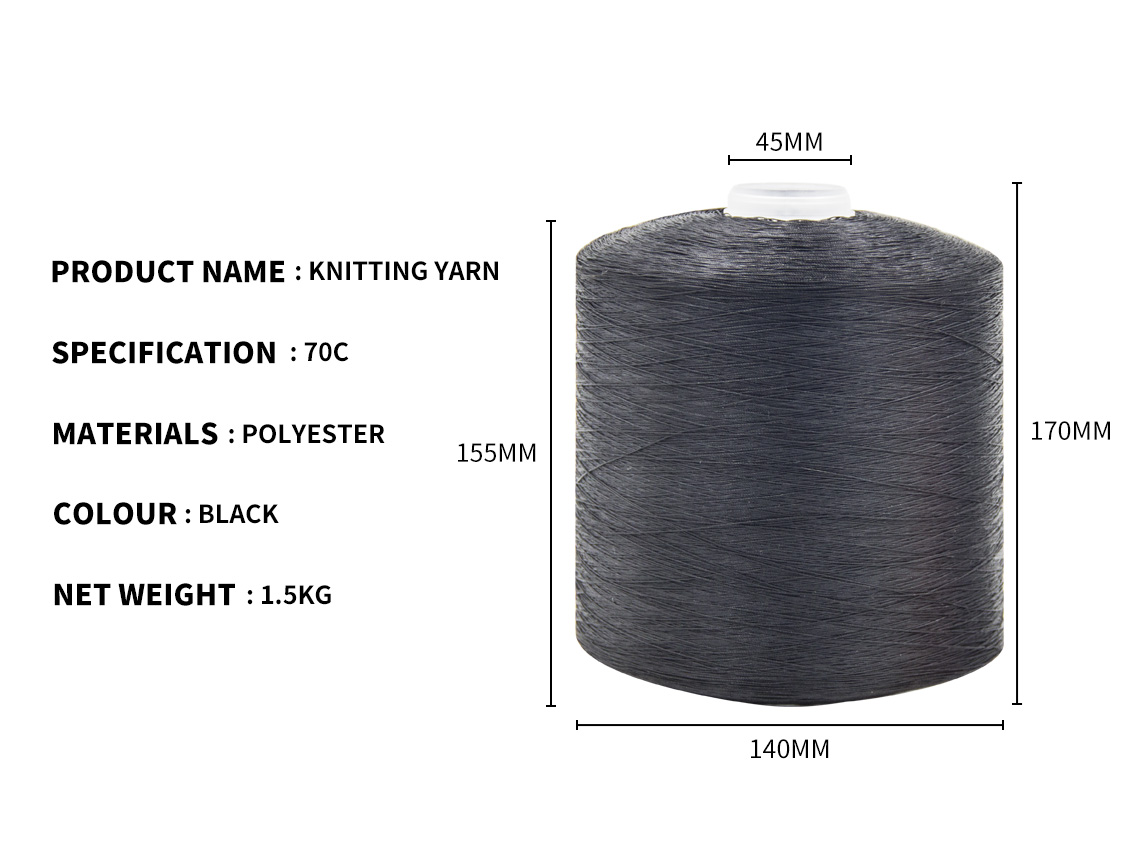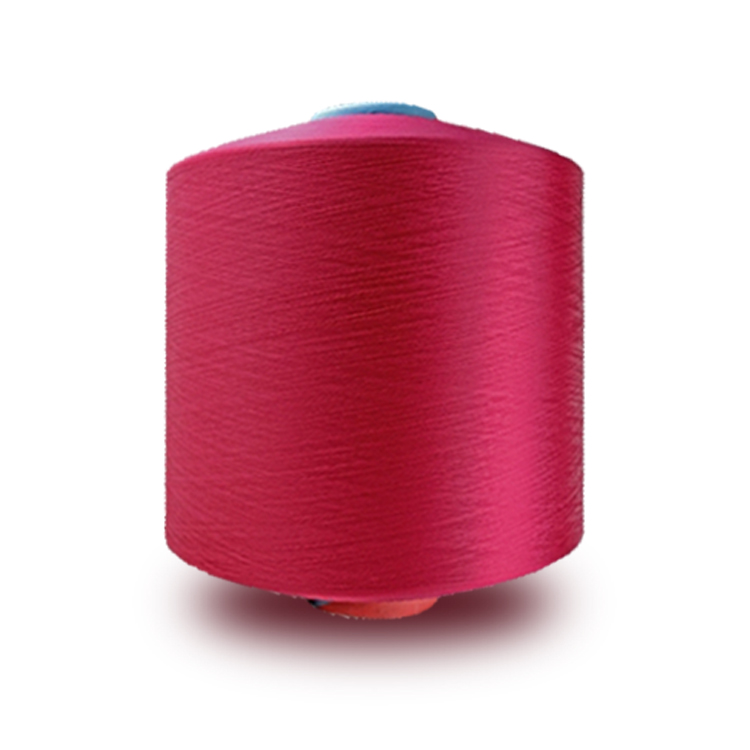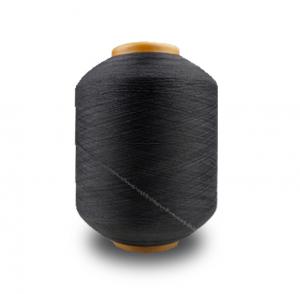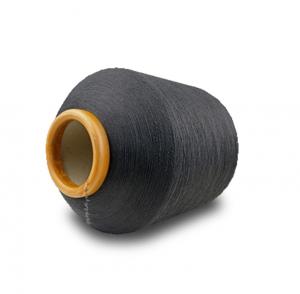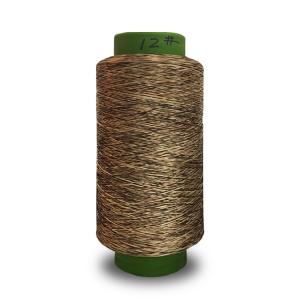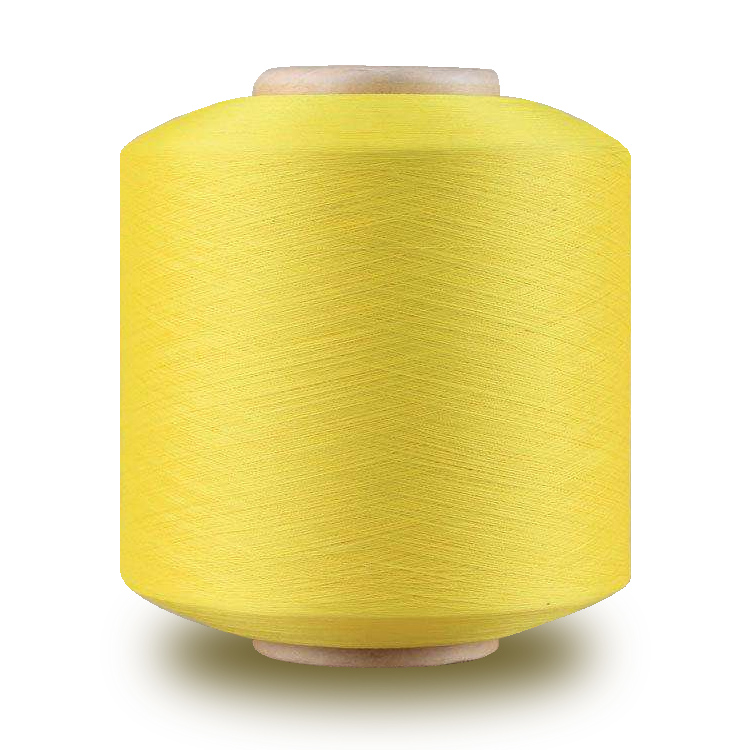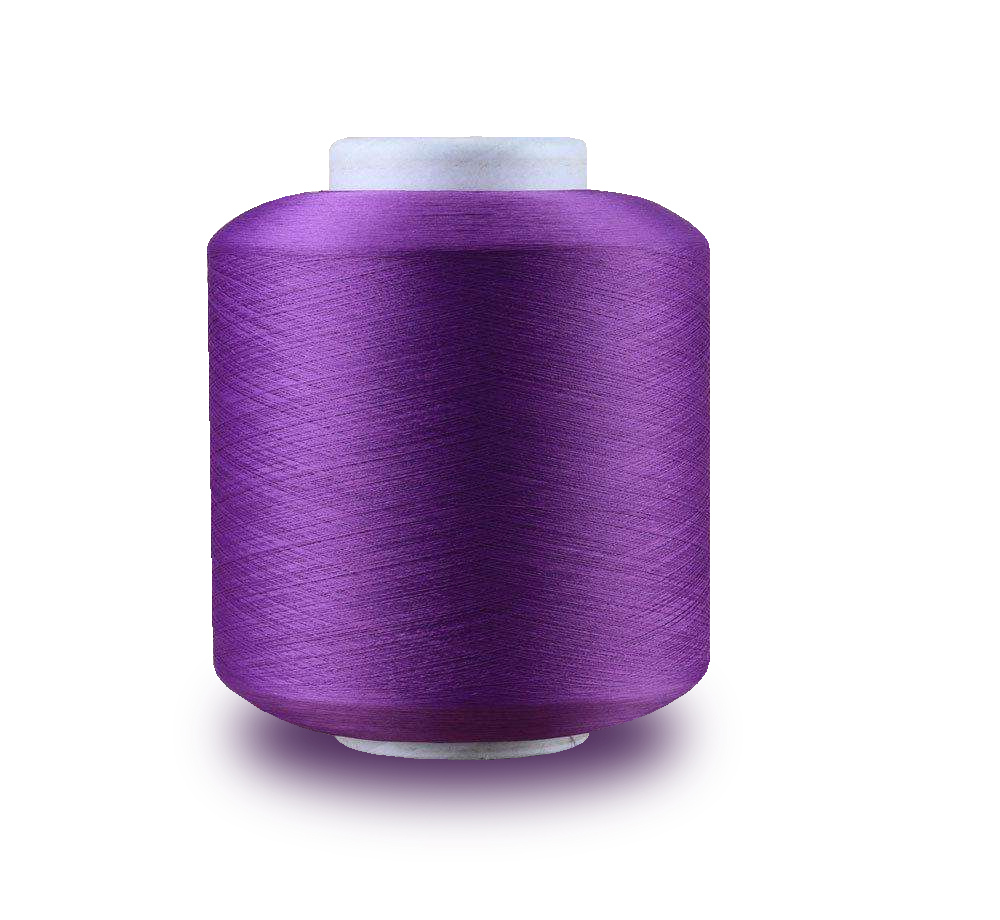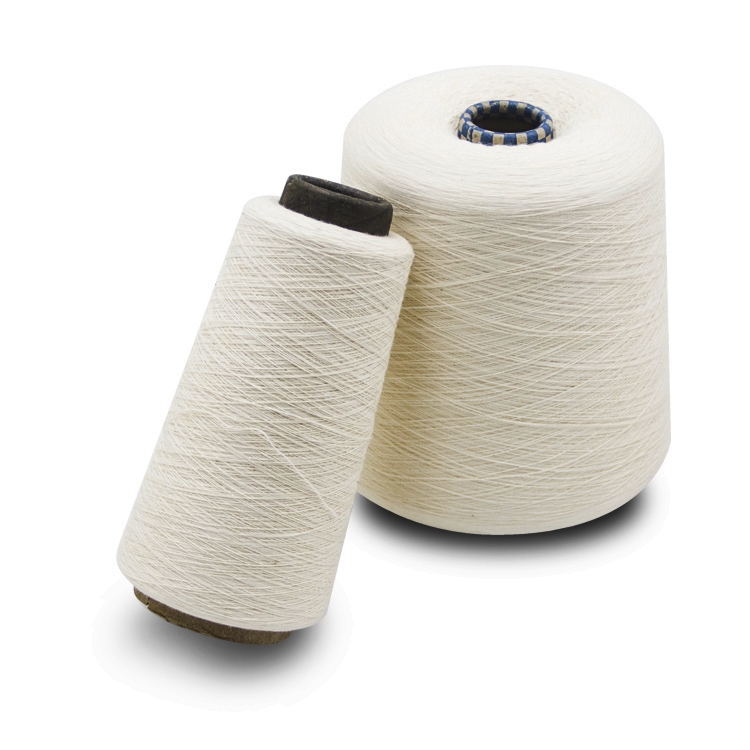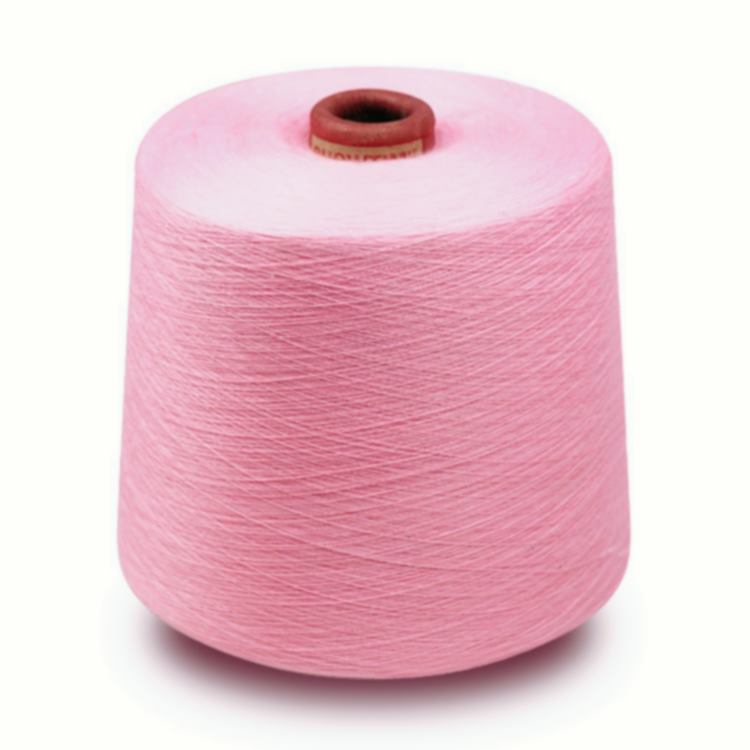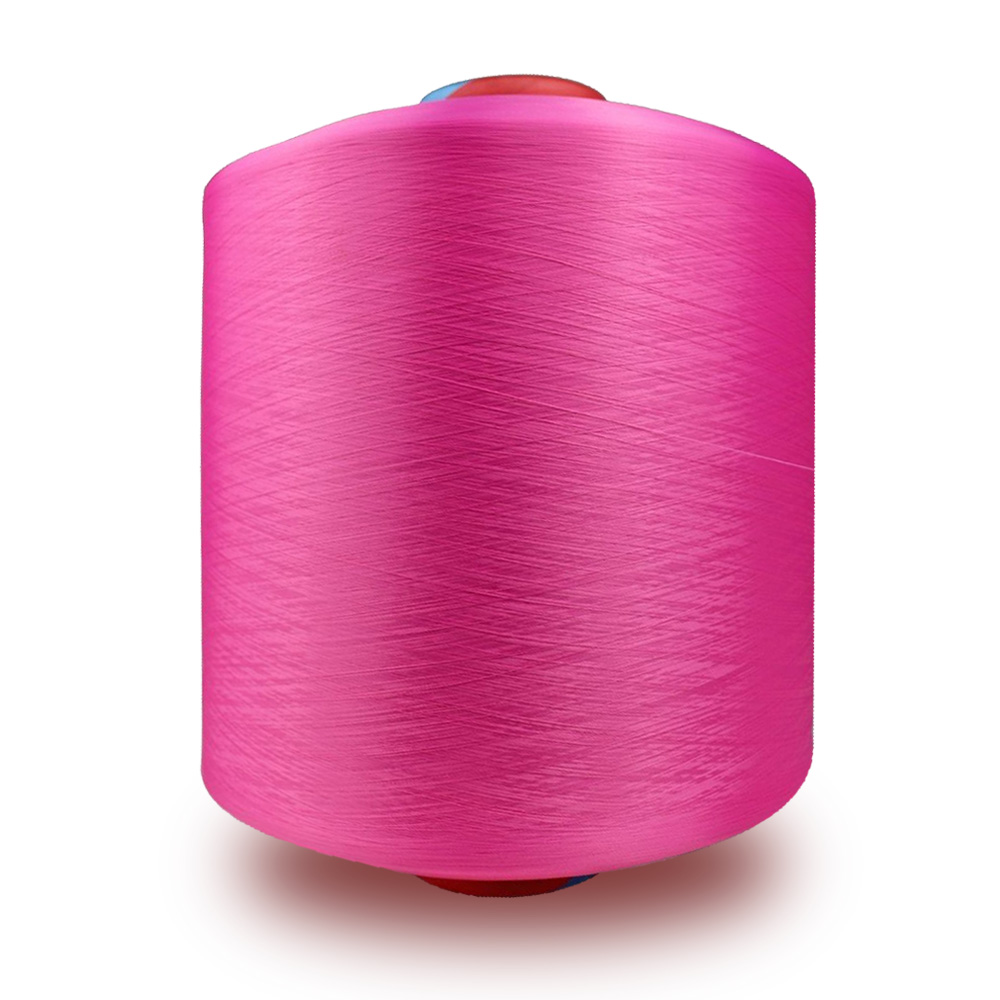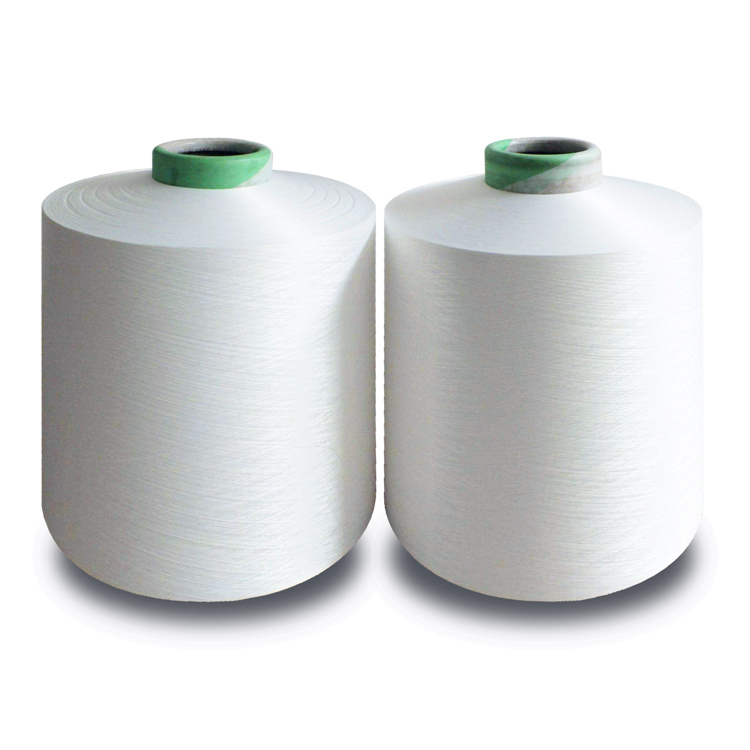Share to:
Related Products
Soft warm medium weight polyester cotton blended knitting yarn
LQ-1803
Price: From $0.66
Delivery time: 9-20 days after payment
MOQ: 500 KG
Pattern:Dyed
Style:Cake knitting yarn
Technics:Ring spun
Use:Hand Knitting, knitting, weaving
Feature:Abrasion-resistant, acidproof, alkali-Proof, anti-bacteria, anti-insects, anti-pilling, Eco-friendly, high tenacity, moisture-absorbent
Yarn count:2.03NM(100g=203m)
Gauge:4-Medium
Ball size:100/ball
Usage:For knitting sweater, scarf, dress, shawl
In short, "knitting yarn count" refers to the degree of knitting yarn fineness, which is still commonly used in China in the "British system": a pound (454 grams) of cotton knitting yarn (or other component yarn) with a length of 840 yards (0.9144 yards/m), the yarn fineness is one. If a pound of knitting yarn is 10 x 840 yards long, its fineness is 10, and so on.
Representation method of knitting yarn count:
The British symbol is the English letter "S".The expression of single knitting yarn is: 32 single yarns -32S.Thirty-two strands (twisted together) are 32S/2 and 42 strands and three strands are 42S/3.
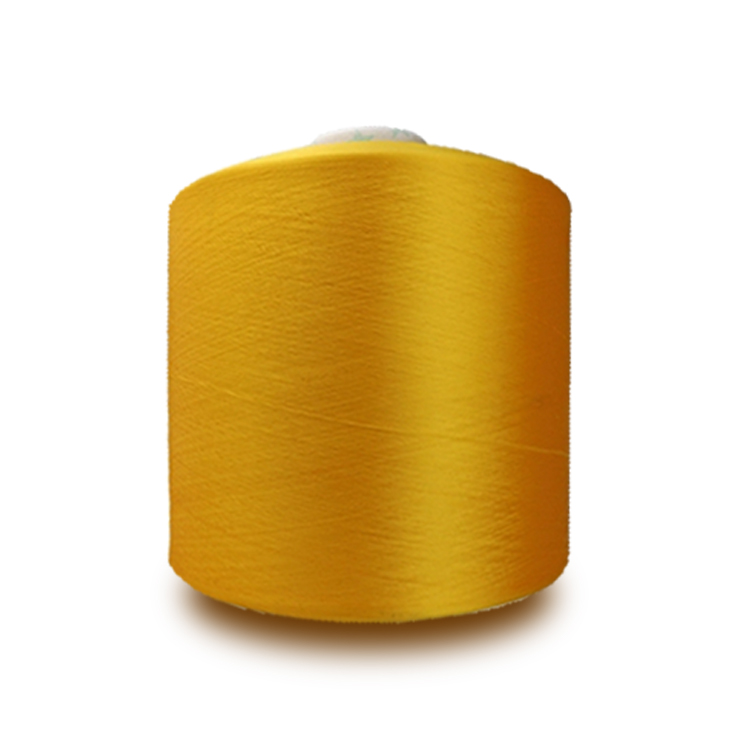
Knitting yarns of textile fabrics:
To understand clothing fabrics, we must first understand what is knitting yarn and what is knitting yarn, because any textile fabrics are made up of knitting yarn.The so-called knitting yarn: not only is the textile fibers arranged in parallel, and twisted products. The product of twisting two or more knitting yarns is called knitting yarn or strand.
Knitting yarn classification
There are many classifications of knitting yarns. Here we only introduce the general classifications of knitting yarns.
A) According to spinning process, it can be divided into combed knitting yarn, carding yarn and semi-combed knitting yarn.
B) According to knitting yarn dyeing and finishing and post-processing classification can be divided into: this white knitting yarn, bleached yarn, dyed knitting yarn, glossy knitting yarn, mercerized knitting yarn and so on.
C) Classified by knitting yarn thickness knitting (yarn count), such as roving, medium count, spinning and high count knitting yarns.
The fineness, thickness, weight and grade of textile fabrics, in which the knitting yarn fineness is one of the decisive factors.
Fabric knitting yarn organization:
All kinds of shuttle fabrics are interwoven by warp and weft knitting yarns according to certain rules, which is called weave.Warp knitting yarn - knitting yarn arranged vertically (parallel to the selvage).Weft - knitting yarn arranged horizontally (perpendicular to the edge of the cloth).The number of warp and weft knitting yarns can be expressed by warp * weft knitting yarn. For example, 20 warp knitting yarns and 16 weft yarns of a fabric can be expressed as 20S * 16S.
Fabric density: Fabric density refers to the number of warp or weft knitting yarns per unit length of fabric.Density is divided into warp density and weft density, referred to as warp density and weft density. In China, the measurement method is generally expressed by the number of yarns in the length of 1 inch (2.54 cm).For example, the warp density of the fabric is 128 units per inch and the weft density is 60 units per inch. In writing, we use warp density * weft density to express, that is, 128 * 60.The linear density of fibers knitting yarn and the linear density of length fibers refer to the degree of fineness of fibers. Fiber length refers to the length of the fibers.
Textile fibers knitting yarn must have a certain linear density and length in order to make the fibers embrace each other, and depend on the friction between the fibers to spin yarns. Therefore, textile fibers have a certain linear density and length, which is one of the necessary conditions for textile processing and making products of use value.
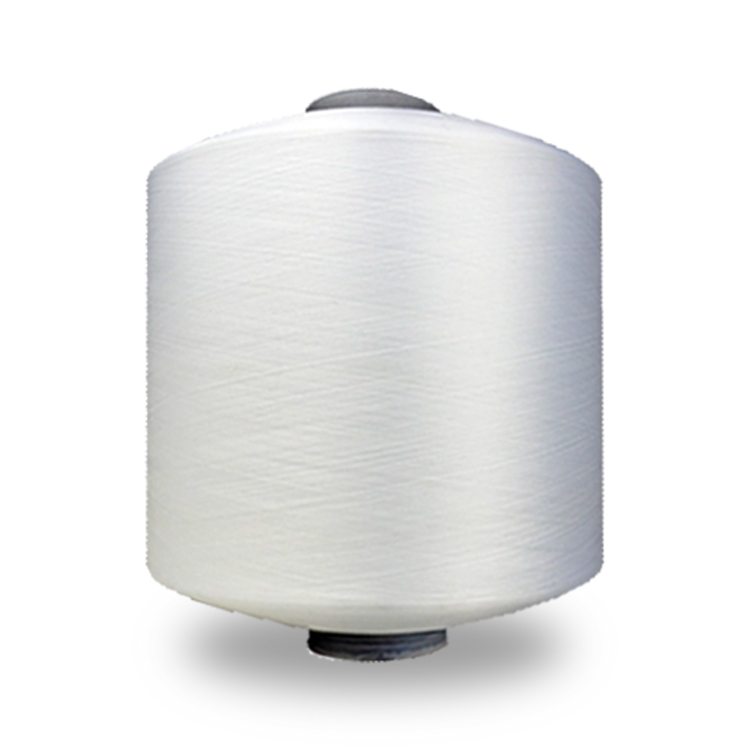
The linear density of textile fibers knitting yarn is closely related to the properties of knitting yarns and fabrics produced by textile processing. Generally speaking, the lower linear density and better uniformity of fibers are beneficial to textile processing and product quality. Among the influences of linear density of fibers on the wearability of fabrics, the fabrics made of finer fibers are softer and softer in luster. Thinner fabrics can be made from finer fibers, as well as clothing fabrics with good air permeability and silk-like effect. But fine fibers make fabrics easy to fuzz and pill, while coarse fibers can be used to make stiff, rough and thick fabrics.
Similarly, the length of textile fibers knitting yarn is closely related to the quality of textiles and products. Long fiber length, good length regularity and less short fiber content are beneficial to textile processing and product quality. Under the same conditions, if the fibers are longer, the knitting yarn strength is high, the yarn evenness is uniform, the yarn surface is smooth, the fabrics made have good fastness, smooth appearance, and are not easy to fuzz and pill. In addition, on the premise of ensuring a certain knitting yarn quality, the longer the fiber, the finer the knitting yarn can be spun, which can be used to make lighter fabrics. For short length, length is more important than linear density. For example, length is the most important index in cotton grade and price.
In textile fibers knitting yarn, the linear density and length of natural fibers are not uniform, sometimes the difference is large. It varies with the variety and growth conditions of fibers. Chemical fibers are manufactured artificially. The linear density and length of fibers can be controlled and determined artificially in a certain range according to the requirements of fiber processing and use.
Expanded knitting yarn is first spun from two fibers with different shrinkage, and then treated with steam or hot air or boiling water. At this time, the fibers with high shrinkage shrinkage produce larger shrinkage, which is located in the center of the knitting yarn, while the blended fibers with low shrinkage are extruded on the surface of the knitting yarn due to small shrinkage. In this way, the bulky knitting yarn with fluffy, plump and elastic shape can be obtained.
